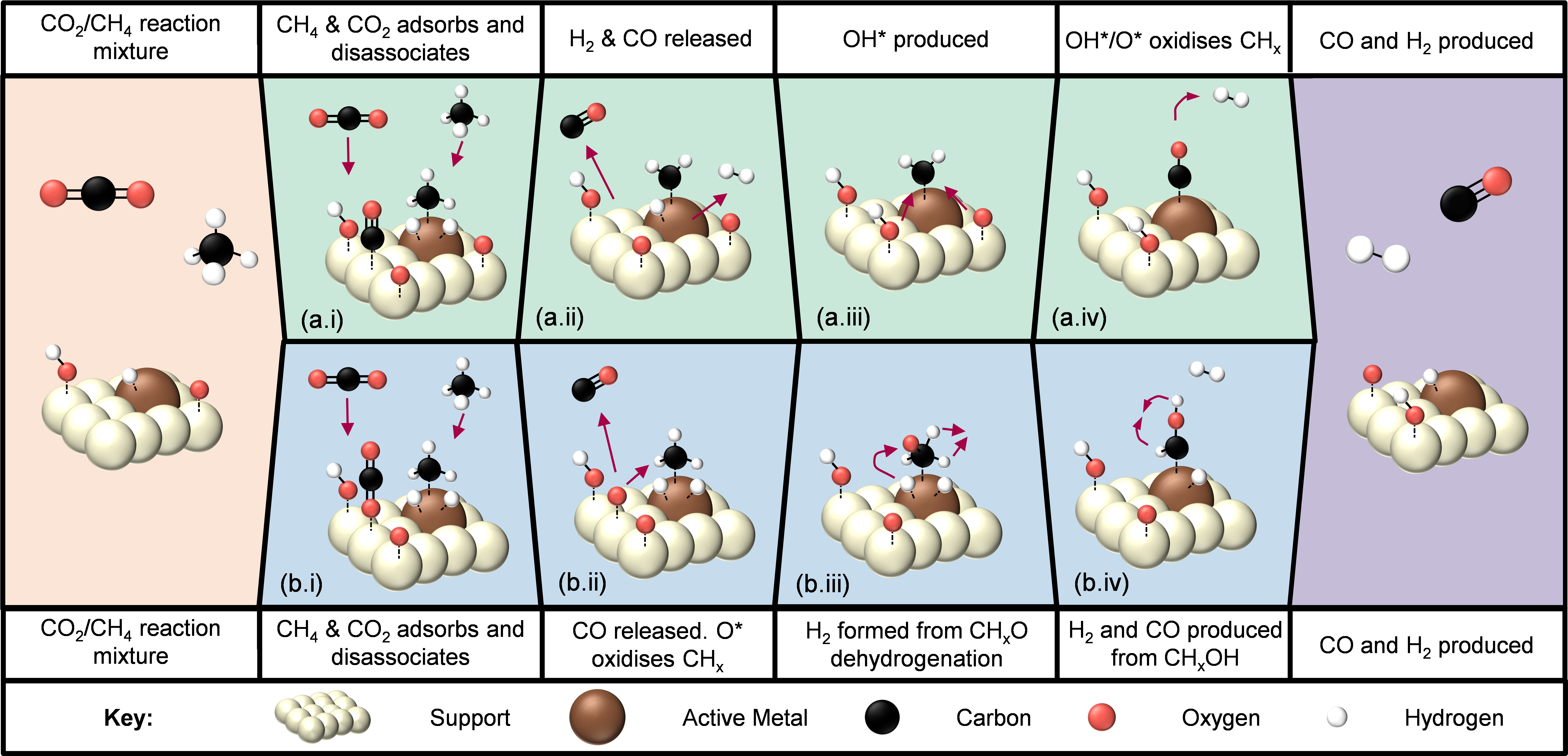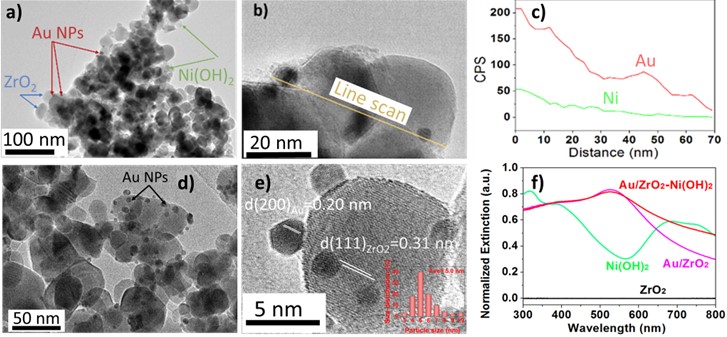Found 2 results
Open Access
Review
26 February 2025Recent Progress on Utilising Visible Light to Better Catalyst Stability for the Dry Reforming of Methane
Dry reforming of methane (DRM) is a promising strategy to closing the carbon loop. DRM valorises CO2 and CH4 by producing synthesis gas (H2 and CO), the precursor to various synthetic fuels. Key limitations of the DRM are the high-temperature requirements (600–1000 °C) and competing side reactions, many of which produce carbon that can deactivate the catalyst. Designing a stable, low-cost and active catalyst remains one of the greatest DRM challenges. One potential strategy to curtail the limitations that hinder DRM is to utilise visible light to access the localised surface plasmon resonance (LSPR) of metal catalysts. The current review discusses the recent developments in designing catalysts for LSPR-assisted thermocatalytic DRM. The thermodynamic and kinetic principles that underpin DRM are first introduced, followed by an overview of thermocatalyst design strategies. The mechanism behind LSPR is discussed, with recent developments and strategies for introducing LSPR to the DRM examined. The review offers a thorough overview of catalyst design for light-assisted DRM and may be used as a guide to developing stable and light-receptive catalysts for the reaction.

Open Access
Article
07 February 2023Plasmon Enhanced Nickel(II) Catalyst for Photocatalytic Lignin Model Cleavage
Photocatalytic-induced cleaving of the ether C–O bond in model lignin compounds was studied with a closely-coupled compo-site material consisting of Ni(OH)2 and gold nanoparticles (NPs) on a zirconia support (Au/ZrO2–Ni(OH)2). The three important ether bond types consisting of α-O-4, β-O-4, and 4-O-5 linkages can all be cleaved using this catalyst at reaction temperatures 40, 85 and 95 °C when under low-flux visible light irradiation. The Au NPs action as a light-harvesting antenna provided light-generated hot electrons that reduced Ni2+ to Ni0. The Ni0 was the active catalytic site where reductive cleavage of ether C–O bonds occurred while it was oxidized to Ni2+ to complete the catalysis cycle. The plasmonic antenna system with supported Ni(OH)2 exhibited better ability for the catalytic reductive ether cleavages under visible light irradiation compared to photocata-lysts of Au NPs and Ni2+ ions immobilized on alumina fibers.
